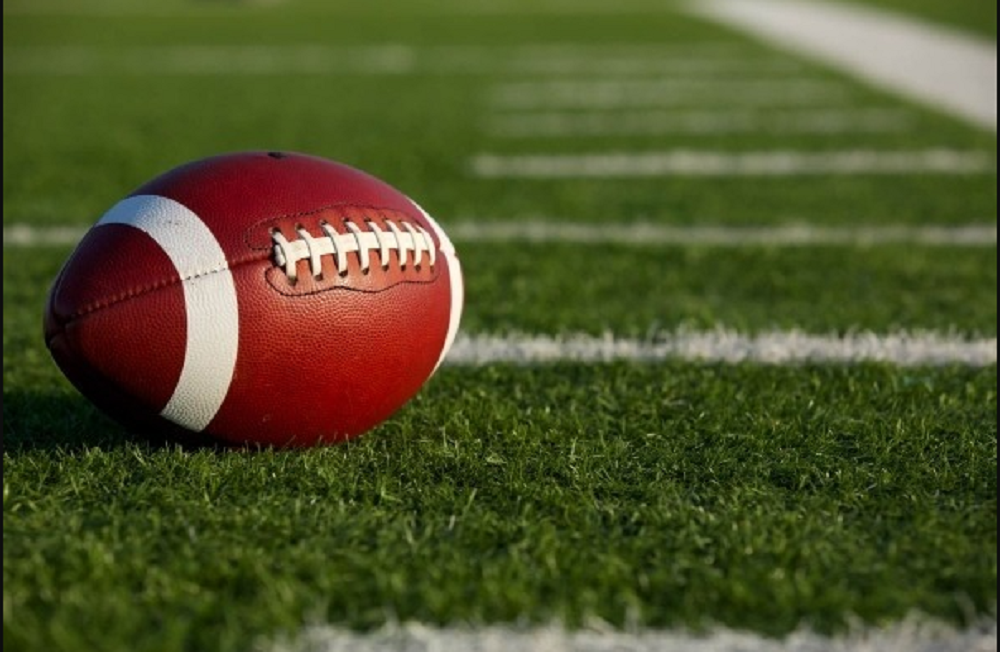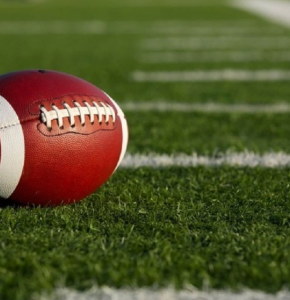On April 7, 1823, a significant event took place in the English city of Rugby: a local college student named William Webb Ellis grabbed the ball during a football match and rushed with it to the opponents’ goal. Naturally, such a goal was not counted, but Ellis’s bold act became the basis for the emergence of a new sport – rugby. And the violator of the rules himself was later erected a monument.
The new game quickly gained popularity, and not only in England. Accordingly, manufacturers of equipment for rugby appeared. For example, shoemakers William Gilbert and Richard Lindon made such balls from pig bladders. They did not turn out to be absolutely round, but in shape they looked more like a melon. Currently, rugby balls are not made from pig bladders, but the shape has been preserved. Such a ball was approved at the end of the 19th century; the “melon” turned out to be convenient for receiving the ball and passing.
Rugby balls were originally inflated by mouth and then sewn shut. The occupation was not only difficult, but also life-threatening, the animal could be sick, the infection was transmitted to humans. For example, the wife of Gilbert himself became infected and died in this way. In 1860, Richard Lyndon proposed replacing the pig’s bladder with a rubber ball. Gilbert and Lyndon quickly realized that making rugby balls could be even more profitable than making shoes. Demand for balls greatly exceeded supply.
The rugby ball company, founded by Richard Gilbert, existed until the beginning of the 21st century. The balls were distributed all over the world, the company was even the official supplier of the Rugby World Cup. But, in 2002, the Gilbert company began to have financial difficulties, it was bought out by new owners.
Currently, the balls used in rugby must meet strict standards. The length of the “melon” is 28-30 centimeters, the width is 15 centimeters, and the mass of the projectile is from 410 to 460 g. The shape and weight of the ball were finally decided in 1892. But, in the yard rugby, any objects similar to the ball are used. Not without reason, Ernesto Che Guevara, a great connoisseur of rugby, once said that to play rugby you need to have a couple of friends and a dirty puddle. And what to play, this is the tenth thing. By the way, Che Guevara himself suffered from asthma and with the help of rugby struggled with the disease.
A special marking is applied to the rugby ball, which determines the age of the players. For example, a ball with the number 3 is for children, 4 for boys, and “five” for adult athletes. Accordingly, children’s balls are somewhat lighter than those used by adults. The material for the manufacture of balls are rubber and rubberized cotton.
Outwardly, rugby and American football balls are very similar, but they have significant differences. The rugby ball is larger and heavier than its American counterpart. In addition, the soccer ball is made of genuine leather with a rough surface to make it more comfortable to hold. And its mass is 397-425 g.
The famous Belgian volcanologist Garun Taziev took a rugby ball even on high-altitude expeditions. He and his colleagues played one of the matches on the Irazu volcano in Costa Rica. The researcher himself believed that this match broke all height records, and in rarefied air the ball flew at such a speed that even rugby professionals could envy.
In 1961, the German Ludwig Van Bersud became the founder of a new game – underwater rugby. But, it is difficult to play with an ordinary ball under water, as it constantly surfaced. The solution was found, they took a water floor ball and pumped it with salt water, after which it lost its buoyancy. But, only the name connects this game with real rugby. the rules of the game are more like handball.
The Englishman James Burke was a rugby player in his youth, and after the end of his sports career he became a confectioner. Customers were amazed that all the cakes and rolls that Burke baked were of the same shape – melon-shaped. Just like a rugby ball.

Source: wow-press.com


